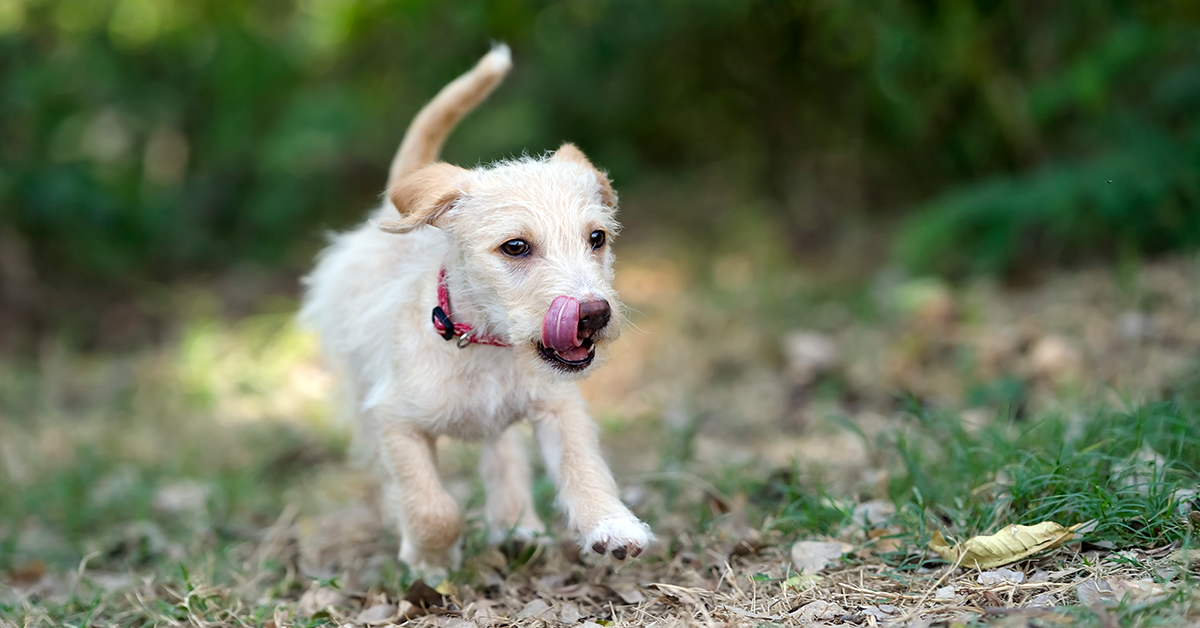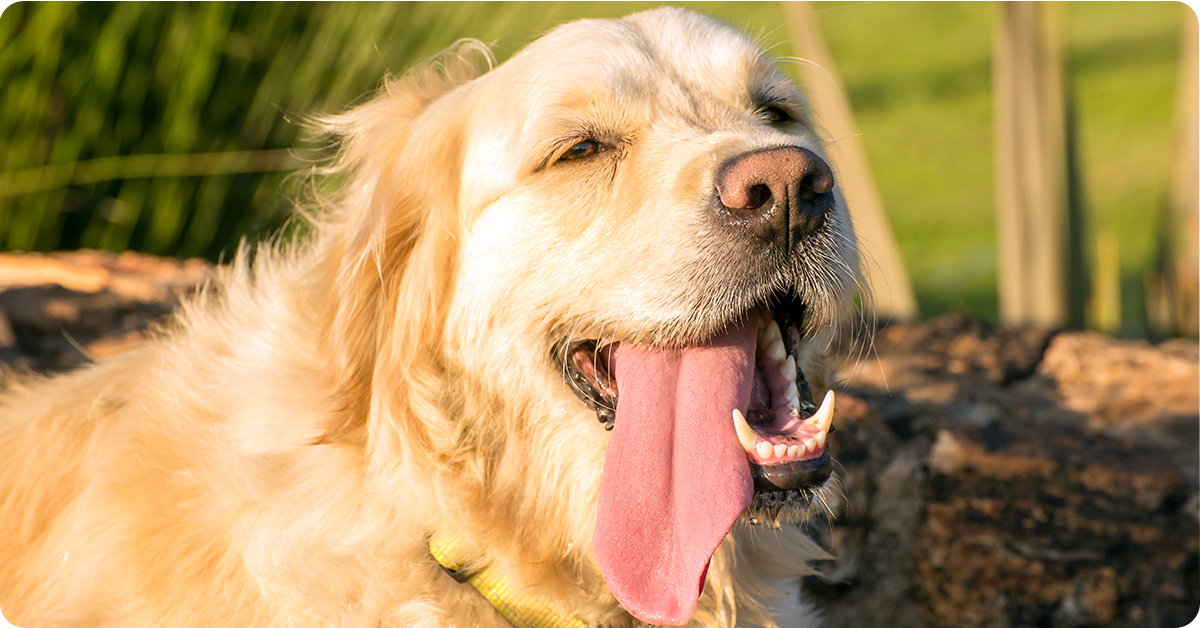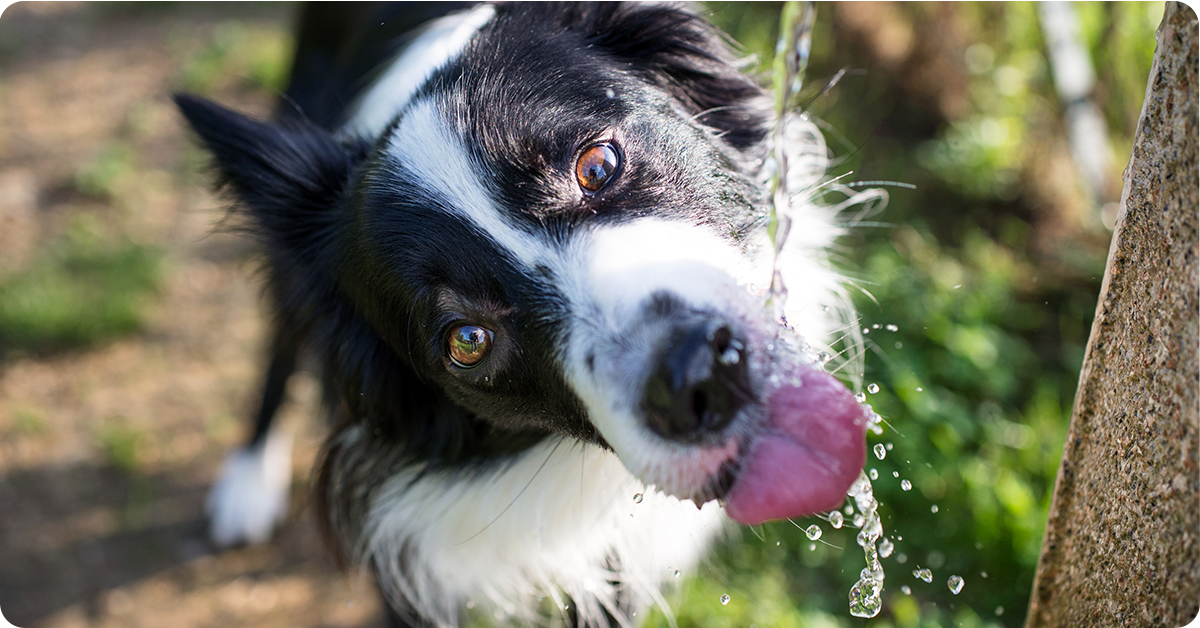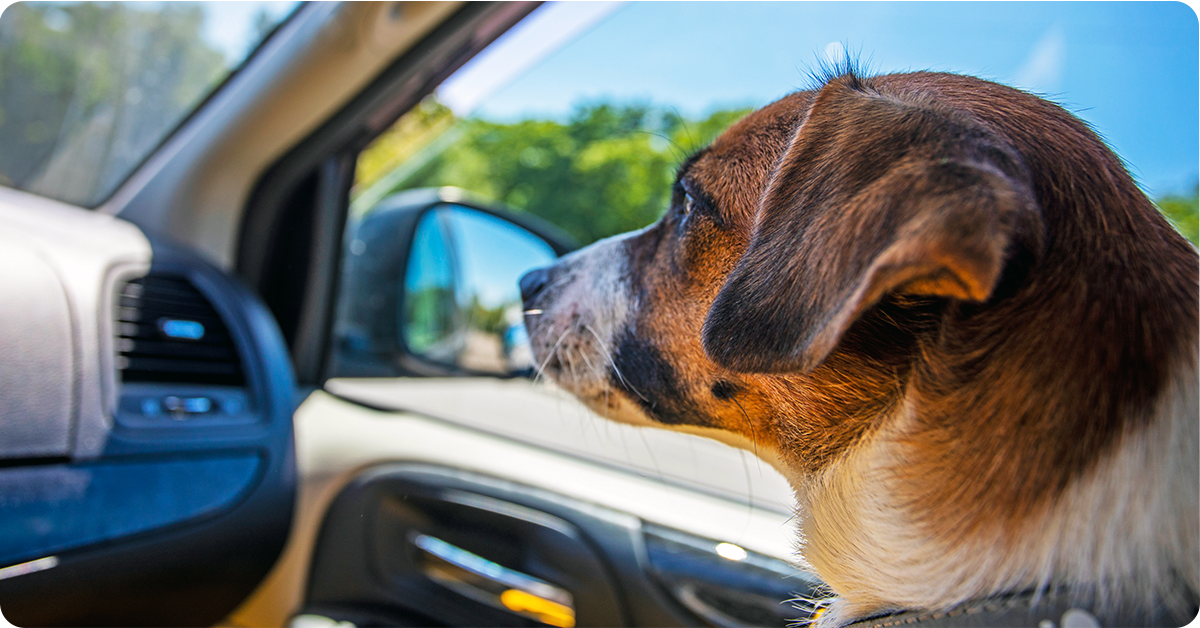
Summer is the time for outdoor excursions, campfires, hiking, camping, cookouts and so much more! But along the Intermountain West, it’s important that we remember it can get pretty hot for paws of all shapes and sizes. On hot days, dogs are easily susceptible to sunburns, dehydration and heat stroke.
Keeping your dog cool during the summer is key. Know how to spot sunburns, dehydration and heat stroke and use these easy summer pet safety tips to keep your canine safe.
Common Health Issues for Dogs in Summer
Heatstroke in Dogs
Heatstroke is serious and can often be fatal as a result of your pet’s prolonged exposure to excessive heat. Keep in mind different breeds overheat at different rates, so it’s important to know what is normal for your dog and what seems irregular.
Signs of Heatstroke:
-
- Heavy panting
- Labored breathing
- Excessive drooling
- Collapsed or vomiting
- Uncontrollable urination or defecation
- Appearing lethargic, drowsy or uncoordinated
Dogs suffering from heatstroke urgently need to have their body temperature lowered gradually for the best chance of survival.
How to Treat Heatstroke:
Take your dog to a shaded and cool area. Pour cool water over your dog, but not so cold that it induces shock. Placing wet towels under the dog can be helpful, but never put towels over since this can worsen the condition, trapping heat.
Throughout this treatment, give your dog small amounts of cool water. Avoid pouring water on or near your dog's head. There is a risk of them inhaling water which could lead to drowning, especially for flat-faced and unconscious dogs. Once your dog has cooled off, take them to the nearest vet.

Dehydration in Dogs
Dogs don’t sweat like humans. Their primary way of regulating temperature is through panting and sweating it out of their paws. Hydration is critical for bodies to function, for humans and dogs alike. Whether you are going on a morning stroll through the park or on an intense hike, bring enough water–or more than you think you’d need–to ensure a well hydrated pup.
Signs of Dehydration:
-
- Loss of skin elasticity
- Loss of appetite
- Vomiting with or without diarrhea
- Panting
- Sunken eyes
- Dry nose or gums
- Thick saliva
How to Treat Dehydration:
Ensure your dog drinks enough fresh, cool water. It is important that you also give your dog electrolyte-enhanced fluid or powder to help get them rehydrated. Take your dog to the vet where they can administer subcutaneous or intravenous fluids to quickly replace the fluids that were lost and prevent further loss.

Burnt Dog Paws
Dog’s paw pads are thick and tough, but they aren’t like shoes. Paw pads are most commonly burned from walking on hot surfaces like concrete sidewalks or asphalt roads. However, they can also burn from walking on outside decks, the edge of a pool or any other surface exposed to the sun. Burns can also occur from walking through chemical spills, fire or coals from a campfire.
Signs of Burnt Paws:
-
- Limping
- Refusing to walk
- Holding a paw abnormally
- Has a red, ulcerated, or bleeding pad
- Licking paws excessively
- Whining or yelping
How to Treat Burnt Paws:
Stick to well-shaded or grassy walking paths or wherever you’re walking. Check the surface temperatures. Put your palm on the surface, if you can’t leave it for more than ten seconds, it’s too hot for your dog’s paws. Instead of going on walks in the afternoon, choose morning walks since the sun hasn’t had a chance to heat up surfaces. If you do choose to walk on surfaces that might be hot, you can always buy booties or shoes for your dog.
Planning water-based activities to keep your dog cool and have a little extra fun in the sun. By applying paw butter to your dogs paw pads, it’ll help moisten them and keep them healthy. If your dog’s burn looks concerning or doesn’t begin to heal within a few days, going to the vet is always a great option!
Additional Summer Pet Safety Tips for Dogs
Don't Leave Pets Inside Hot Vehicles
Snakes and other wildlife become very active in the summer months. It is important to keep a close eye on your outside dog(s) especially on hikes and walks. Don’t let your pets freely roam or sniff potential den entrances. Keep your dogs leashed if they like to wonder or are hard to call back.

Beware of Snakes and Wildlife
We all know we should never leave our animals in a parked car, especially during the summer months. Always check your backseat before getting out of your parked car, even if you are just running a “quick” errand.
Enjoying Outdoor Water Activities
If you have an active lake or reservoir life, boating could be an option. Invest in a life vest for your dog, even if they seem like a strong swimmer.
Staying Safe from Ticks and Fleas
Ticks and fleas are especially troublesome in the warm months. They are a major concern to your dog and even you since they carry a variety of diseases. Any time you spend outdoors or even with other animals, take an extra look at your dog and check for possible ticks or fleas.

Adding New Pets to the Family
Selecting the right working farm or ranch dog is crucial for the success and efficiency of daily operations. These dogs play a vital role in herding livestock, guarding the property and assisting with various tasks. It involves carefully considering breed characteristics, temperament, trainability, and physical fitness.
Take the time to research different breeds, observe individual dog's behavior and interactions and consult with experienced farmers or ranchers. When you choose the right dogs for your specific needs, you can enhance productivity and create a successful working environment on your farm or ranch.
Thinking of adding a dog or cat to your family? Take time and research which breeds fit best in the climate where you live. There are many local shelters that have a barn cat program and/or a Trap-Neuter-Return (TNR) program to manage your feral cat population. Please reach out to your local shelter, rescue group or reputable breeder in finding the right fit for your needs.
Helping Protect Your Pets
IFA wants you and your furry friends to enjoy all the activities summer and the Intermountain West has to offer. It’s our mission to help you and others provide the best possible care for your pets. If you have any questions, please visit your local IFA Country Store and talk with one of our team members.
Information for this article was provided by Maddie Stephens, Pet Department Manager, Ogden IFA Country Store; Tycia Ferrall, Pet Department Manager, Richfield IFA Country Store; Martha Page, Animal Health & Pet Category Manager, IFA Feed & Nutrition; Dr. Lauren Jones, VMD, Animal Hospital of Chester County; The American Kennel Club, Inc. Bottom photo credit: Brooklin M.








